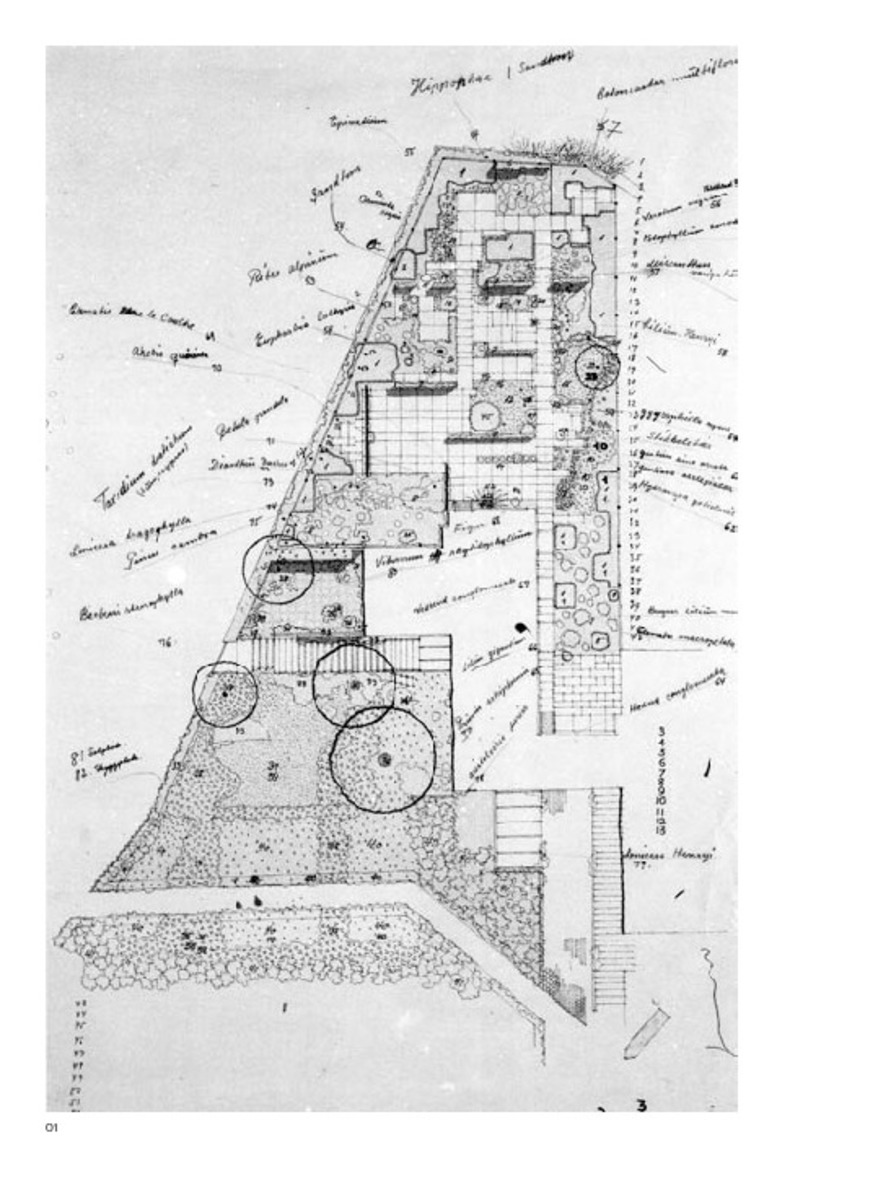Registro completo de metadatos
| Campo DC | Valor | Lengua/Idioma |
|---|---|---|
| dc.creator | Almonacid, R. (Rodrigo) | - |
| dc.date.accessioned | 2019-09-13T08:45:56Z | - |
| dc.date.available | 2019-09-13T08:45:56Z | - |
| dc.date.issued | 2018 | - |
| dc.identifier.citation | Almonacid, R. (Rodrigo). "El jardín de la casa de Arne Jacobsen en 'Søholm I': un espacio para la experimentación paisajística". Ra. Revista de Arquitectura. 20, 2018, 162 - 175 | es |
| dc.identifier.issn | 1138-5596 | - |
| dc.identifier.uri | https://hdl.handle.net/10171/58087 | - |
| dc.description.abstract | El análisis del jardín de la casa del danés Arne Jacobsen en el residencial Søholm (Klampenborg, 1950) permite explorar la fertilidad de este espacio como “laboratorio paisajístico” para el arquitecto. Allí, experimentando con la jardinería, la fotografía, las acuarelas y el propio espacio del jardín, descubre ciertos temas que acaban trasladándose a otras escalas a sus proyectos arquitectónicos más conocidos. Su concepción moderna como espacio “en construcción” –un work-in-progress podríamos decir– implica una actitud experimental con el universo natural sin comparación en la Arquitectura moderna de posguerra. | - |
| dc.description.abstract | The Danish architect Arne Jacobsen (1902-71) made the most of every project for his own family houses by designing avant-garde, highly experimental solutions. For his single-family house in the Søholm row-houses (Klampenborg, 1946-50) the experimentation with the architectural project not only entailed designing domestic architecture but also the private garden. Although Søholm housing is widely known in strict architectural terms as an example of the New Empiricism developed in Nordic countries in postwar period, its gardening has been scarcely studied. The aim of this current research is try to verify the hypothesis of understanding the garden of Jacobsen’s own house as a “landscape design laboratory”, a real testing ground for his late works during the 50s and 60s. His botanical trials due to his fondness for gardening, his dedication to stare at the natural forms taking photographs and painting watercolors, and his architectural tests with the spatial screening thanks to “vegetal walls” and movable screens will turn out to be the basis for his following works such as the Munkegårds school, the Tom’s chocolate factory, the St. Catherine’s College in Oxford or the headquarters for the H.E.W. company in Hamburg. Through the analysis of Søholm “work-in-progress” garden it is possible to discover the importance of gardening, photography, watercolor painting and textile designs in the work of Arne Jacobsen, since he brings together all his hobbies with his professional activity as an architect. All of these experiences, besides his outstanding sensitivity towards natural landscape, make this case study into a melting pot of ideas, evocations and landscape sensations which are essential to understand the core of his architectural work. | - |
| dc.language.iso | spa | - |
| dc.publisher | Servicio de Publicaciones de la Universidad de Navarra | - |
| dc.rights | info:eu-repo/semantics/openAccess | - |
| dc.subject | Arne Jacobsen | - |
| dc.subject | jardín | - |
| dc.subject | Søholm | - |
| dc.subject | paisaje | - |
| dc.subject | arquitectura moderna | - |
| dc.subject | Arne Jacobsen | - |
| dc.subject | Garden | - |
| dc.subject | Søholm | - |
| dc.subject | Landscape | - |
| dc.subject | Modern Architecture | - |
| dc.title | El jardín de la casa de Arne Jacobsen en 'Søholm I': un espacio para la experimentación paisajística | - |
| dc.title.alternative | The Garden of Arne Jacobsen’s own House in ‘Søholm I’: an Open Space for Landscape Design Testing | - |
| dc.type | info:eu-repo/semantics/article | - |
| dc.identifier.doi | 10.15581/014.20.162-175 | - |
| dadun.citation.endingPage | 175 | - |
| dadun.citation.publicationName | Ra. Revista de Arquitectura | - |
| dadun.citation.startingPage | 162 | - |
| dadun.citation.volume | 20 | - |
| dc.date.updated | 2019-09-13T08:45:57Z | - |
| dc.description.version | Peer Reviewed | - |
Ficheros en este ítem:
Estadísticas e impacto
Los ítems de Dadun están protegidos por copyright, con todos los derechos reservados, a menos que se indique lo contrario.






